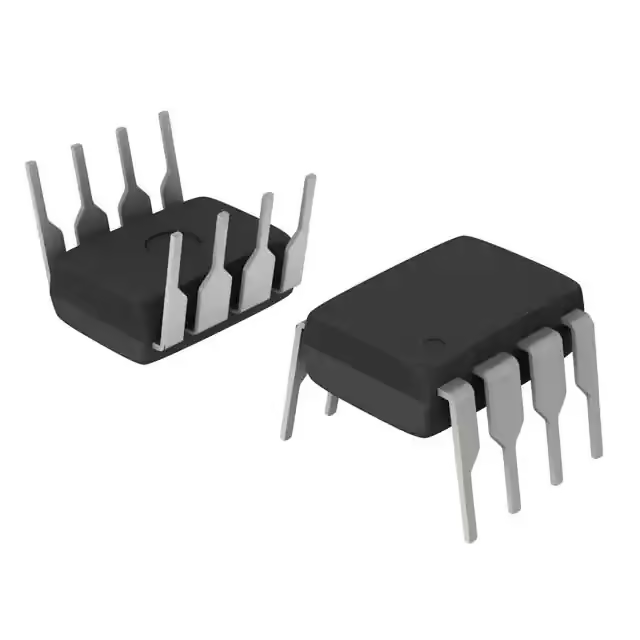What is DS1307 chip?
The DS1307 is a widely used real-time clock (RTC) integrated circuit (IC) from Maxim Integrated. It provides a low-cost solution for keeping time and date information in a variety of electronic applications. The DS1307 tracks seconds, minutes, hours, day, date, month, and year, and it automatically adjusts for months with fewer than 31 days, including corrections for leap years. One of its key advantages is its ability to retain timekeeping data even when the main power is disconnected, thanks to an external backup battery that maintains the time in the absence of power.

The DS1307 operates over the I²C communication protocol, allowing it to easily interface with microcontrollers such as Arduino, Raspberry Pi, or other embedded platforms. The chip can be powered with a supply voltage range from 4.5V to 5.5V, and it also supports an external 32.768 kHz crystal oscillator to maintain accurate timekeeping. Although it doesn't feature a temperature-compensated oscillator like the DS3231, the DS1307 is sufficient for applications where high precision isn't a strict requirement, and its typical accuracy is ±20 ppm at 25°C, which translates to about a 2-minute drift per month.
The DS1307 is often found in a variety of applications, including alarm clocks, data loggers, digital clocks, home automation systems, and security systems, where timekeeping is essential but millisecond-level precision is not critical. Its simplicity and affordability make it a favorite among hobbyists and DIY electronics enthusiasts, especially for time-based projects like event scheduling or timestamp logging. In low-power applications, the chip can operate with a 3V coin-cell battery that powers the timekeeping functionality even when the main system is turned off.
In terms of technical details, the DS1307 has a 56-byte, battery-backed, non-volatile RAM that can be used to store user data. This small memory bank is often used to store configuration settings or small amounts of log data that must persist across power cycles. The RTC itself consumes minimal power during operation, and in timekeeping mode, it draws only about 500nA from the backup battery, which means a standard coin-cell battery can power the clock for several years.
The SOIC-8 or DIP-8 package makes it easy to solder and integrate into projects, and its I²C address (0x68) allows for easy software integration using standard libraries, especially with platforms like Arduino. The DS1307 is a robust and versatile solution for basic timekeeping in embedded systems, offering a good balance between cost and functionality.
Search List Page:
https://www.mobikechip.com/static-search/DS1307.html
Comments
Post a Comment